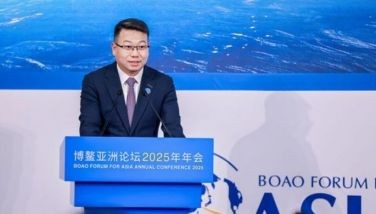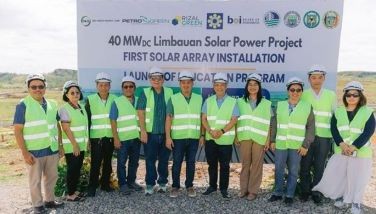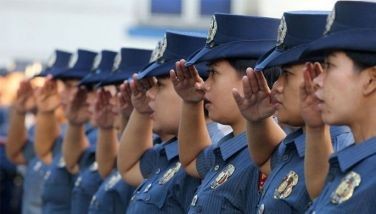Deep within the mines: The Mt. Diwalwal story
July 17, 2003 | 12:00am
Based on what the Department of National Defense’s Research and Analysis Division and the NICP revealed, Mt. Diwalwal’s historical truth is finally in shape.
The NLSA Project was to facilitate and implement its basic agenda of boosting the commercial potentials of Mindanao, encapsulating development mandates in a long-term plan. The project framework of the NLSA was under a five-member board of directors. AFP chief of staff Gen. Paulino Santos was appointed to head its assignments and future missions that included surveys of potential agricultural sites, with the help of a tactical-survey group he had formed, composed of local and foreign geoscientists and the AFP’s best research team.
NLSA’s mandate included facilitation on the acquisition, settlement and cultivation of lands acquired from government and private factions, and meeting the expenses for farmers and tenant-farmers to have a chance to own lands for cultivation as well as for trainees who had completed prescribed military training to be settled and situated in the area for its commercial-agricultural development.
However, the AFP’s link to the NLSA began even before the signing of the law in 1939. The Armed Forces was tasked to conduct a survey, particularly in the Koronadal Valley’s lower plains and lifts from Lake Buluan and Sarangani Bay, the Kidapawan District slicing through the Cotabato and Davao links, to the entire Compostela-Monkayo region spreading outbound from the upper Agusan River in Northern Davao, as early as 1938 — primarily to look for good and potential agricultural domains. But the survey team discovered more than what they’ve expected — gold ore traces were seen on the mountain’s downstream areas. Mt. Diwalwal was discovered as a major reserve of gold and silver deposits.
However, when the Koronadal Valley was chosen as the first location to be developed for agriculture on Dec. 20, 1939 — one week after the survey team returned to Manila — the resulting specifications and geo-elemental discovery reports of gold and silver deposits of Mt. Diwalwal in the Compostela-Monkayo region were nowhere to be found in hard copy. But after President Manuel L. Quezon signed on Feb. 11, 1939 two proclamations reserving districts of Mindanao as reservations for supposed agricultural colonies, only Koronadal Valley was given priority because of its accessibility and the anticipated coming of war to Asia. Moreover, everything regarding Mt. Diwalwal and whatever the NLSA survey team discovered was deserted when World War II reached the Philippines.
LASEDECO’s mission was a socio-political matter for statecraft, a ploy to defuse communist insurgencies all over the country and use Mindanao’s resources to satisfy the demands of insurgent groups. Its stance deviated from what the NLSA projected — everything discovered regarding Mt. Diwalwal’s abundant gold deposits were kept unknown, most importantly because of the death of Gen. Paulino Santos during the war. In this affair, the AFP’s participation in Mt. Diwalwal’s gold was kept a secret for decades, until the Pananim Project linked up with President Marcos in the 1960s.
The Pananim Project was a government creation — a forest reserve to drive 26 Tasaday cave dwellers in Ilib Mata Awa and the external tribe of 15,000 T’bolis to be used unknowingly in the Compostela-Monkayo region.
The same Pananim Project — with untraceable geo-agricultural and eco-topographical basis — posed as a legitimate forest reserve, which served as a feeding bowl to many major lumber-hungry enterprises.
BrandSpace Articles
<
>
- Latest
- Trending
Trending
Latest
Trending
Latest
Recommended


























